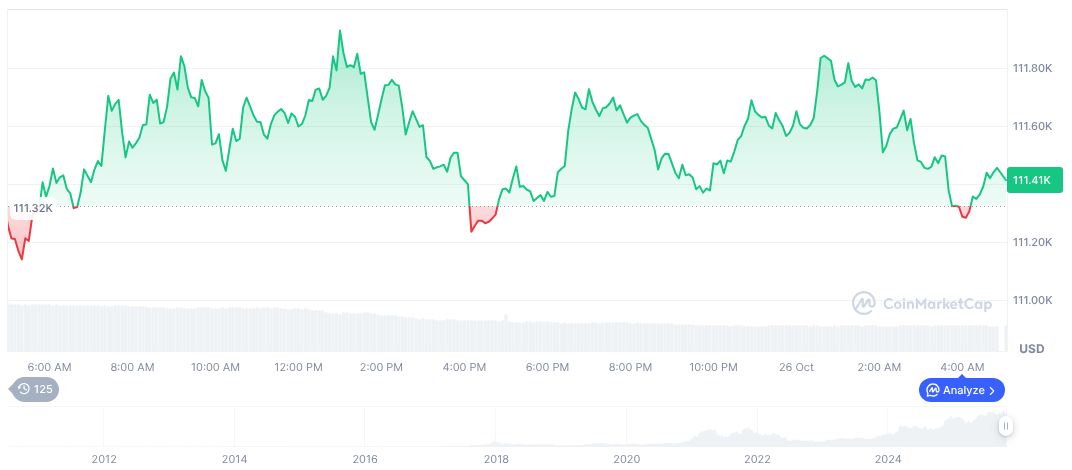- Bitcoin’s role shifts from an inflation hedge to a liquidity barometer.
- Inflation isn’t a key factor in Bitcoin pricing.
- Greg Cipolaro emphasizes global liquidity’s influence on Bitcoin.
Greg Cipolaro from NYDIG challenges the belief that Bitcoin is an inflation hedge, highlighting on October 26 its role as a liquidity barometer instead.
This shift impacts Bitcoin’s market perception and emphasizes its significance in global liquidity assessment rather than traditional inflation-based value arguments.
Bitcoin as a Global Liquidity Indicator
Greg Cipolaro from NYDIG disputes the claim that Bitcoin serves as an inflation hedge. Instead, its inverse relationship with real interest rates has caused it to evolve into a global liquidity indicator. His analysis points out the changing market dynamics influencing Bitcoin pricing. This shift suggests different influences may guide the cryptocurrency’s valuation. The immediate implication is a potential reevaluation by investors and institutions regarding Bitcoin’s utility and market behavior. Market figures and participants have shown increased interest in Cipolaro’s insights, concentrating on how they might reshape investment narratives surrounding major cryptocurrencies like Bitcoin.
It remains crucial for industry observers and investors to reassess Bitcoin’s role given these insights.
Greg Cipolaro, Global Head of Research, NYDIG, “Our analysis indicates that Bitcoin’s role in the current market is shifting, reflecting the broader liquidity conditions rather than just inflation fears.”
Historical Shifts and Market Volatility in Bitcoin
Did you know? Bitcoin’s shift from a perceived inflation hedge to a liquidity barometer marks one of the most significant narrative transformations in its history, reflecting deeper market complexities and global financial factors influencing its value.
Bitcoin (BTC) trades at $113,404.26, with a market cap of $2.26 trillion and a dominance of 59.01%, as per CoinMarketCap. The 24-hour trading volume stands at $33.47 billion, rising by 13.24%. Over 90 days, Bitcoin fell by 4.12%, indicating potential market volatility. The Coincu research team suggests this adjustment in Bitcoin’s perception might influence both financial strategies and regulatory perspectives globally. As Bitcoin’s narrative shifts, sectors related to cryptocurrency might adapt to these evolving market influences, potentially affecting investment and regulatory frameworks worldwide.
As Bitcoin’s narrative shifts, sectors related to cryptocurrency might adapt to these evolving market influences, potentially affecting investment and regulatory frameworks worldwide.
| DISCLAIMER: The information on this website is provided as general market commentary and does not constitute investment advice. We encourage you to do your own research before investing. |
Source: https://coincu.com/bitcoin/bitcoin-liquidity-barometer-role-nydig/
